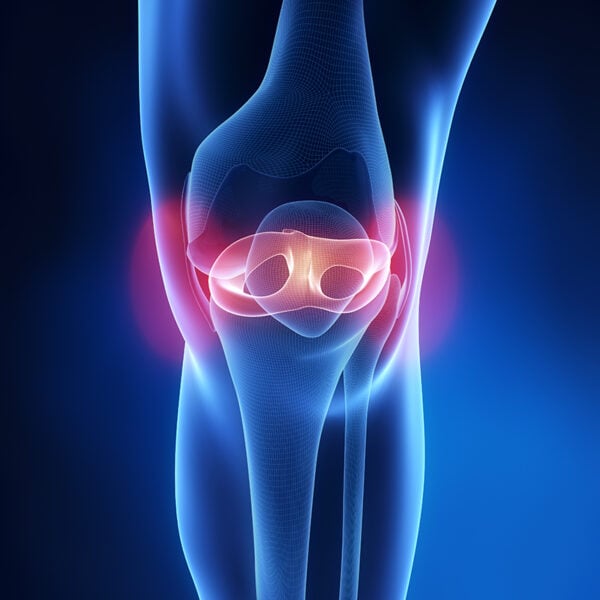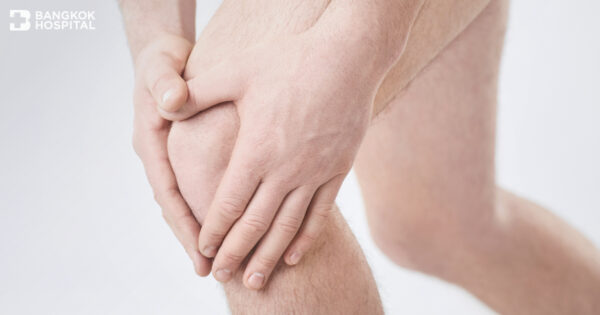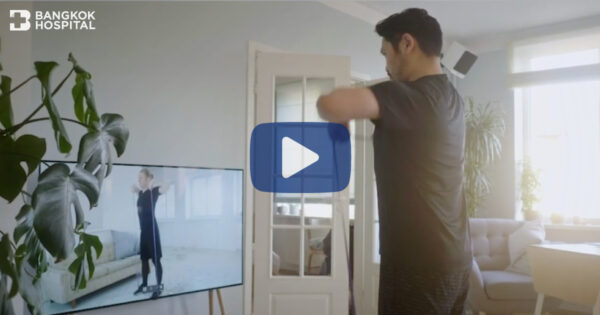If you have torn your meniscus which is a piece of cartilage that is located in the knee joint, you might experience these following signs and symptoms in your knee: knee pain, swelling or stiffness with a popping sensation, especially when twisting or rotating the knee and difficulty straightening knee fully as well as feeling as though the knee is locked in place when trying to move it. Not only accidents, but a torn meniscus can also result from any activity that causes the knee to forcefully twist or rotate, such as aggressive pivoting, certain sports and exercise, falls, sudden stops and turns. Meniscus tears can happen to anyone at any age. Nevertheless, in older adults, degenerative alterations of the knee can potentially contribute to a torn meniscus with little or no trauma. If a torn meniscus is overlooked, it might potentially lead to osteoarthritis in the injured knee.
Get to know meniscus
The meniscus is a C-shaped piece of tough, rubbery cartilage that is located in the knee joints between the femur and tibia bones (thighbone and shinbone). The meniscus acts as a shock absorber to cushion the lower part of the leg from the weight of the rest of the body during activities that cause impact to the knee, including standing, walking, running, jumping and other daily tasks. As a shock absorber, the meniscus helps absorb the pressure exerted on the knee joint. It also provides stability and helps distribute body weight by keeping the bones from rubbing together.
Since the meniscus is a relatively avascular structure with a limited peripheral blood supply, if a torn meniscus happens, the poor blood supply to the inner portion of the meniscus makes it difficult for the meniscus to heal. As a result, meniscus tear leads to inability to fully move the affected knee with persistent knee pain. If left untreated, it eventually causes osteoarthritis of the knee.
Signs and symptoms of a torn meniscus
- Knee pain, especially when twisting or rotating the knee such as kneeling and squatting;
- Swelling that might happen suddenly after knee injury or appear temporarily, depending on intensity of activity that involves knee movement;
- Knee stiffness or difficulty straightening the knee fully and
- A popping sensation or feeling as though your knee is locked in place when trying to move it.
Diagnosis and treatment of a torn meniscus
A torn meniscus often can be identified by sports medicine physician during a physical exam. MRI, an imaging test is frequently used to detect this condition by producing detailed images of both hard and soft tissues within the knee. If a meniscus tear is diagnosed, recommended treatments include:
- Rest and stop using the knee.
- Avoid activities that aggravate knee pain, especially any activity that twists, rotates or pivots the knee. If knee pain is severe, using crutches can take pressure off the knee and promote healing.
- Use cold compression. A cold pack or a towel filled with ice cubes can reduce knee pain and swelling. Keeping the knee elevated and taking over-the-counter pain relievers can also help ease knee pain
- If affected knee remains painful despite rehabilitative therapy, arthroscopic meniscus repair is highly recommended. Since this standard procedure is minimally invasive surgery to repair a torn meniscus, it results in smaller incision, less pain, lowered postoperative complications and reduced traumatic damages to surrounding areas, such as muscles, tissues and other organs, leading to a faster recovery time and a quick return to daily life.

Arthroscopic meniscus repair
Since the meniscus acts as a shock absorber to cushion the lower part of the leg from the weight of the rest of the body, knee pain and disability associated with a torn meniscus prompt many people to seek emergency care. If a torn meniscus develops, surgical procedure to repair torn meniscus, known as arthroscopic meniscus repair is vital in order to reduce knee pain and restore knee functions for daily activities, sports and exercise. More importantly, if a torn meniscus is appropriately repaired in time, it can substantially reduce the risks of developing osteoarthritis of the knee in the future. On the contrary, if meniscus tear is left untreated, or tear happens in the location with extremely low blood supply, meniscus repair might not be applicable. In such a case, the meniscus might be surgically trimmed.
Less pain with faster recovery time
Arthroscopic meniscus repair is a minimally invasive surgical approach. During this procedure, an instrument called arthroscope is inserted through a tiny incision near the affected knee. An arthroscope contains a light and a small camera which transmits enlarged images of the inside of the knee onto a monitor, enabling visualization and therapeutic treatment of the interior of a joint. If necessary, surgical instruments can be inserted through the arthroscope or through additional small incisions in the knee to trim or repair the tear. Due to smaller incision, it results in less pain and damages to surrounding areas as well as faster recovery time and fewer postoperative complications such as stiff knee syndrome (arthrofibrosis) which is the buildup of scar tissue inside the knee, causing the knee joint to shrink and tighten.
After surgery, knee pain will be appropriately managed by interventional pain specialists. The physical therapy process is dependent on the patient’s general physical health and condition following surgery. Postoperative rehabilitation can normally start as soon as possible in order to maintain muscle strength and stability as well as to regain full knee motion and return to normal activity. In some serious cases, patients must refrain from putting weight on that affected knee and limit their knee movement for 4-6 weeks.
Even though a torn meniscus is not considered a life-threatening problem, it largely disturbs daily life and activities. Not only impair quality of life, but untreated meniscus tear can also lead to knee arthritis which is irreversible condition. Ensuring that meniscus is healthy helps prevent degenerative arthritis. If sign or symptom of a torn meniscus indicates, immediate medical attention must be sought to receive accurate diagnosis and effective treatments.










